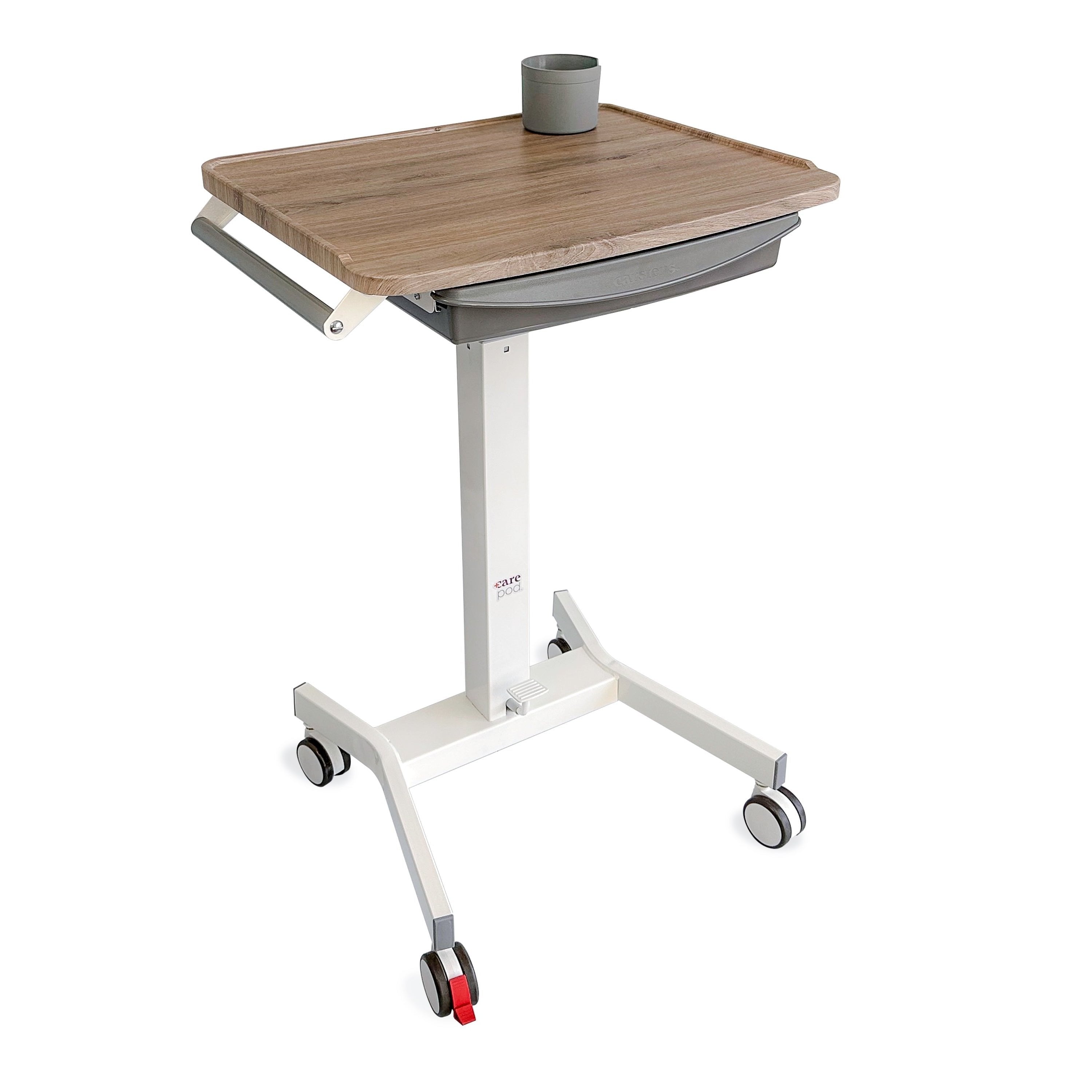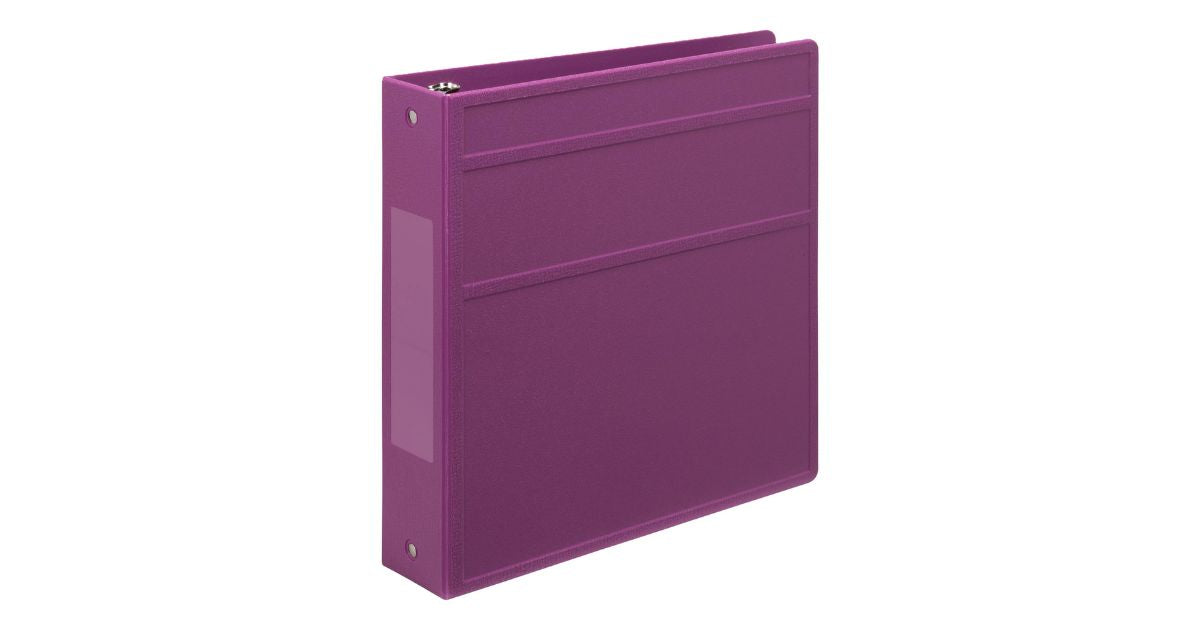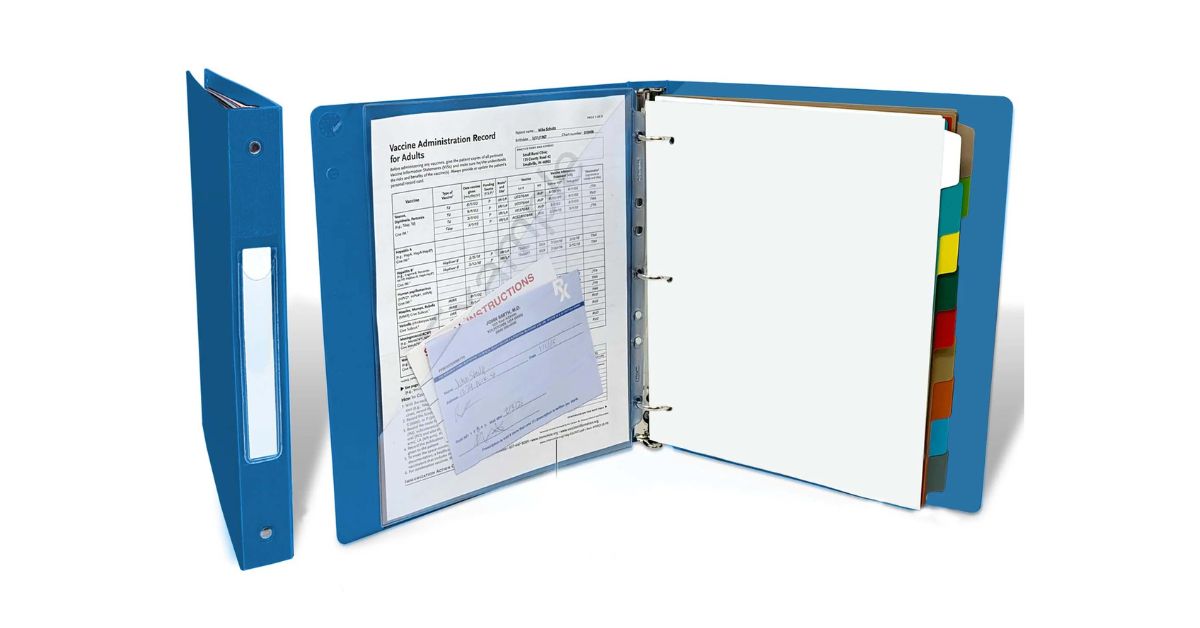Ensuring that your workspace is ergonomically optimized is crucial for your productivity and well-being. The best practices for applying ergonomic work zone principles focus on arranging your workspace to minimize strain and maximize efficiency.
This involves strategically placing equipment and tools within comfortable reach, maintaining proper posture, and utilizing furniture that effectively supports your body. Here are the best ways to apply the ergonomic work zone to help optimize your workflow and make your job easier.
Assessing Your Current Workspace
Before making adjustments, evaluate your current setup. Identify any discomfort or inefficiencies during your workday. Check the height of your desk, and monitor positioning and the type of chair you use.
Consider how often you reach for frequently used items. If you find yourself stretching or straining, it’s time to make changes. Note any awkward postures or repetitive movements contributing to discomfort or fatigue.
The Ideal Desk Setup
The desk is the focal point of any workspace, impacting comfort and efficiency. An adjustable desk lets you alternate between sitting and standing. Ensure your desk height keeps your forearms parallel to the ground while you are typing. Position the monitor at eye level and arm’s length away to prevent neck strain and eye fatigue and to maintain proper posture.
Choosing the Right Chair
An ergonomic chair is a crucial investment for healthcare professionals. Choose one with adjustable seat height, backrest, and armrests. Ensure it provides lumbar support to maintain your spine's natural curve.
Keep your feet flat on the ground or on a footrest and keep your knees at a 90-degree angle. Adjust the armrests to relax your shoulders and keep your elbows close to your body. This helps prevent shoulder and neck tension.
Organizing Your Workspace
Keep your workspace tidy to minimize distractions and boost productivity. Store frequently used items within reach and use shelves, drawers, and organizers to reduce clutter. Label containers and group similar items together for easy access. Use cable management to keep cords organized.
Maintaining Good Posture
Good posture is critical to avoid musculoskeletal issues and stay healthy. Sit straight with your back against the chair and relax your shoulders. Try not to slouch or lean forward, as this can strain your back and neck.
Take regular breaks to stand, stretch, and move around. This helps ease tension and boosts circulation. Adding simple stretches to your routine can keep your muscles flexible and lower the risk of injury.
Using Ergonomic Tools
Ergonomic tools enhance comfort and efficiency in your workspace. Use a document holder to keep papers at eye level and use an ergonomic keyboard and mouse to maintain proper wrist alignment. Footrests and anti-fatigue mats offer additional support for long hours of standing. Invest in quality tools and consider folding wall desks for healthcare to boost health and productivity.
Taking the Next Step
Adopting the best practices for ergonomic work zones is a strategic move to boost the health and productivity of healthcare professionals. By employing the right tools and strategies, you can design a workspace that nurtures physical and mental well-being.
For those seeking to elevate their workspace, folding wall desks offer an excellent solution. These innovative setups provide flexibility and convenience, allowing you to create a functional, ergonomic environment tailored to your needs.






